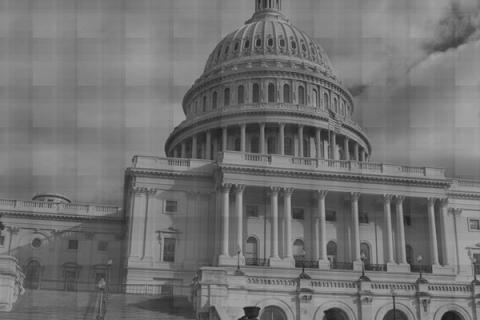Prohibition was a huge success. No, it didn't achieve any ofits goals, or make the country a more moral place. It was a huge success for AlCapone, and other gangsters.
For theaverage American, it was a waste of time and money. Prohibition did not make it impossible todrink, just much more expensive. A higherprice of alcohol was caused by a built in "risk premium" on the supply side. Higher prices were exploited by Capone andothers to make money hand over fist in a time of hardship.
Thetemperance movement was spearheaded by different Christian groups, and led to success by the Anti-Saloon League, which lobbied Congress until the 18th amendment was passed. Instead of creating a a better society, the movement empowered and entrenchedorganized crime in America for a generation. Today "Law and Order" conservatives like California's George Runner, andfoolish drug laws have empowered a new generation of criminals.
Enter Assemblyman Tom Ammiano (D-SF). Ammiano recently introduced legislation tolegalize marijuana, essentially treating it the same way the state treatsalcohol. Anyone over the age of 21 wouldbe allowed to consume, transport, grow, and sell.
Currently, marijuana is classified as a Schedule 1 drugunder the Controlled Substances Act. Other Schedule 1 drugs include LSD andheroin. The Drug Enforcement Agencystates that Schedule 1 drugs have the highest potential for abuse, and noaccepted medical usage. Cocaine, by theway, is a classified as a less serious, Schedule 2 drug.
More than 40 percent of Americans haveused marijuana at some time or another, including many of our leaders. One can watch our governor, ArnoldSchwarzenegger, smoking a celebratory joint in his weightlifting days in thedocumentary film Pumping Iron. President Obama readily admits to usage inhis earlier days, and even has poked fun at President Clinton when he was askedif he inhaled: "The point was to inhale. That was the point." Michael Phelps has cemented his status as oneof the greatest Olympians of all time, and he seems to know his way around abong.
Legalization would have a powerful impact on themarket. By eliminating the punishment,the risk premium built into the price of marijuana is eliminated. Thus there would be an immediate decrease in prices. Bringing cultivation out of basements andonto farms would further shift out the supply curve. Given a year of legal cultivation, my ownestimate is that prices would fall by at least 50 percent, absent any excise taxes. Given a much lower price and averageelasticity of demand, usage would likely increase. Legalization could create thousands of real"green jobs" on farms across the state. As the price fell, the incentive for crime would fall also.
Tom Ammiano's bill includes a $50 per ounce tax. He estimates this could raise more than abillion in annual revenue for the state. Given that marijuana is already a 14 billion dollar industry in the state, the amount of revenues collected could be closer to $6 billion. Ammianodoes not include the indirect revenue. By making marijuana cultivation and distribution a legitimate business,growers and dealers would start filing tax returns like everyone else. This would have the effect of increasing theCalifornia tax base. Legalization wouldalso give rise to more tourism, possible on an Amsterdam scale.
Given the huge fiscal problems the state has, it makes senseto both broaden the tax base and save on prison costs by keeping recreational marijuana consumers out ofjail. There are legal issues; the supremacyclause of the constitution makes federal laws trump state laws, but perhaps a liberal interpretationof the 9th and 10th amendments would protect Californiacannabis. California has taken the leadon many issues before, and it's time to blaze a trail once again.
